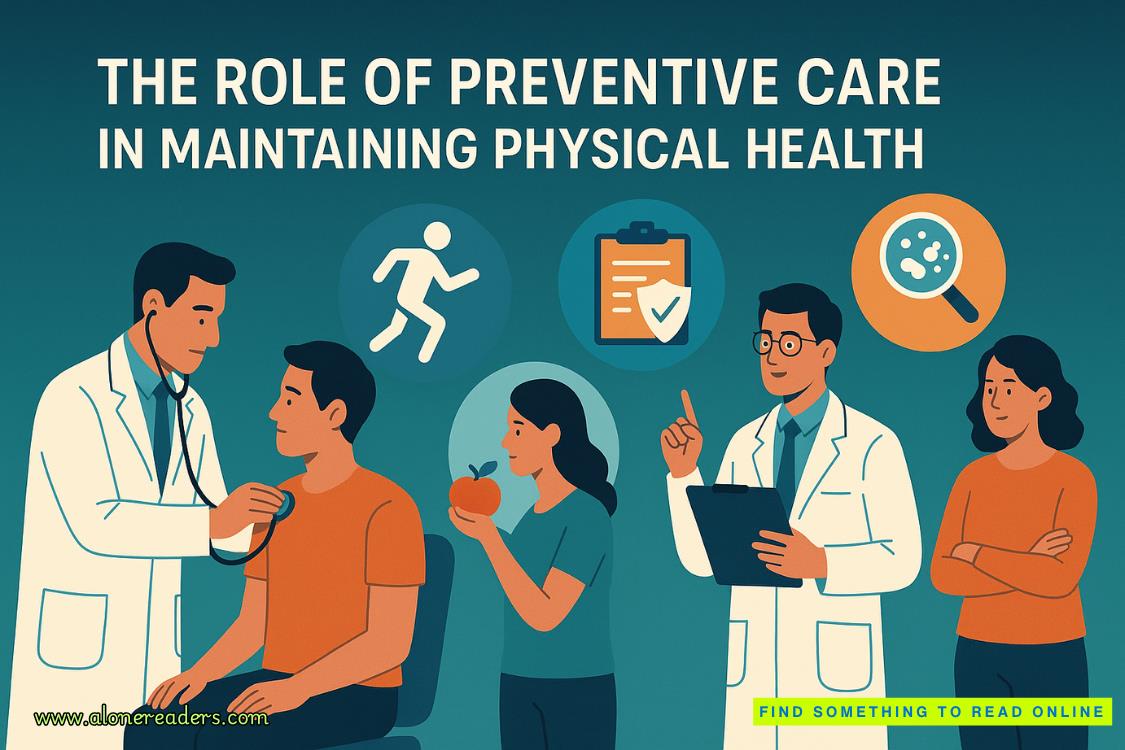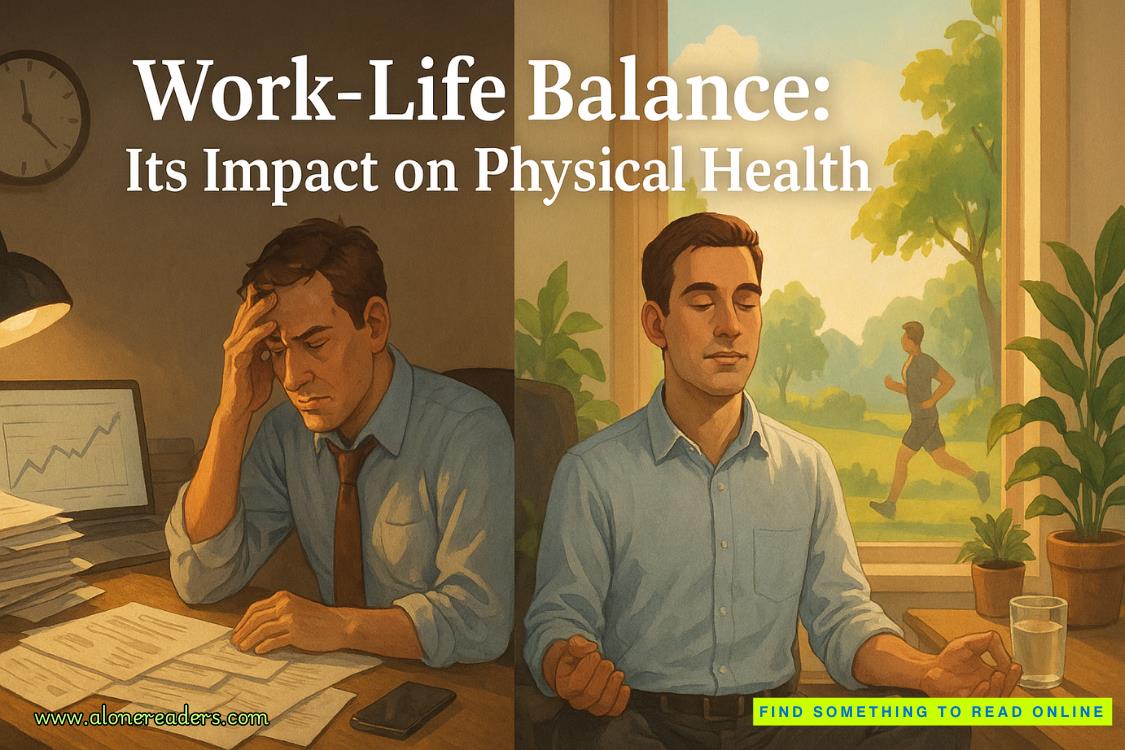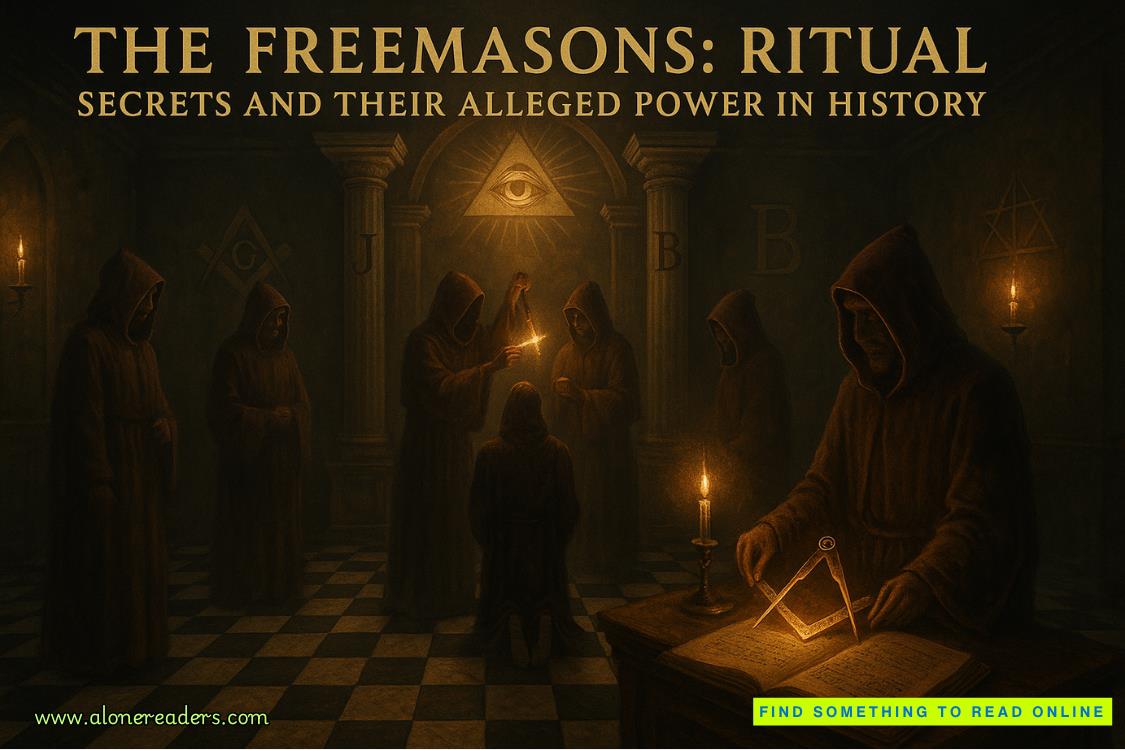Page 37 of Absent Feeling
Maybethere was a reason why Amber hadn’t said yes to Palliser straight away. Maybe apart of her had been worried that this wouldn’t work out. Maybe she’d knownthat, as much as she liked solving puzzles, she wasn’t really cut out for thestructure and hierarchy of the FBI?
Amberdidn’t know, and for the moment at least, she didn’t want to think about it.She wanted to find a way that she could genuinely help with this case. The onlyquestion was how.
CHAPTER TWENTY TWO
Hecouldn’t strike until tonight, so he was following Dr. Eamon Sutton aroundGuisborough. Imagine learning that the man he planned to kill had the day off. Imagineseeing him leave his tastefully appointed, slightly too expensive home and head,not for the so called “Wellness Institute”, but for the middle of town.
He’dfollowed, of course, because he wasn’t about to let this deviation from routinego unwatched. What if the doctor had worked out what all of this was about?What if Dr. Sutton had realized that he would be the culmination of days ofwork and was even now trying to find a way to flee?
Thatcouldn’t be allowed, which was why it was important to follow him, keeping acouple of car lengths back, trying not to be obtrusive. If Dr. Sutton lefttown, then, out of the city where there was no one around, it would be easy tostop him and kill him. If the doctor went to the train or bus station, then hewould die there. He wasn’t going to get away with the things that he’d done.
Thatthey’dalldone. Each of them had played their role, even down toConstance Banks. Now that he’d thought more about it, he was sure that, withouther standing behind her husband, whispering to him, that he would have beenreleased, not locked away like some kind of animal.
Dr.Sutton’s crimes were some of the worst. The others had helped to put him in thatplace or had made conditions worse for him, but it was as if Dr. Sutton hadactively been conducting a campaign against him. The man had lied over and overto keep him in that place. He had withheld food from patients as a punishmentand put them on drugs they didn’t need to be on. He had gone out of his way toinflict suffering as a doctor over years …
Hesaw Dr. Sutton pull up, and he found a spot to park a little further along,getting out and following the man on foot. He had a knife in his pocket, and healwayshad one of the designs on him, so for a brief moment, heconsidered simply walking up and stabbing the man repeatedly, shouting Dr.Sutton’s crimes to the world.
Itwas tempting, but he knew better than to give in to that kind of temptation. Hewasn’t someone who simply gave in to his impulses; he was a man who consideredsituations carefully, one who judged what was required and acted accordingly. Whenhe killed, it was because he haddecidedthat someone should die, andthat they should do so in a particular time and place.
Doingit here would only mean that he was put back in that place. It would mean noone was listening, no one was looking at what these people had done. Whereas,if he did this the way that he’d planned, then he would be able to simplydisappear. No one would know that it was him, and the time people spent lookinginto the murders would slowly reveal the full story of what had happened. Peoplewould see that he was doing the right thing. He would be a hero for this.
Butnot yet. For now, Dr. Sutton got to go about his day exactly as he wanted. Whenhe got home and it was dark enough to slip inside without being seen,thenhewould pay for all that he’d done.
CHAPTER TWENTY THREE
Amberwalked briskly, trying to put distance between herself and the reporters. Sheneeded to be alone to think right now. Was there anything else she could add tothis case. Was there anything that she could find that would help to put Dr.Andrew Harvis away as a murderer?
Didshe even want to, right then? With the way that things were going between herand Simon, it was hard for Amber to imagine continuing on to become hispartner. Maybe she should step away from this case, too, and give him the spacehe wanted to pursue his ideas of “normal investigative work”.
Amberdidn’t want to just walk away, but she also didn’t think that she could workthe way things had been going. She had never been someone to just sit back anddo things the way that everyone else did. Her brain had never worked quite thesame way as everyone else’s. That was one reason that she was so good at creatingand solving puzzles.
Amberneeded to work her own way, and she wasn’t sure if Simon and the FBI would beprepared to let her do that. In fact, she knew that they wouldn’t. She’d donethe sessions on FBI procedure back at Quantico. At the time, it had been justone more set of things to memorize, one more test to pass on the way toqualifying to become an agent. Now, Amber could see the weight of thoseregulations and procedures ahead of her, threatening to squash any life out ofher if she joined the FBI.
Amberwasn’t sure if she could do that.
Evenas she thought about it, a text came through from Simon.
Whereare you? Harvis has an alibi. He’s not our guy. We need something else.
Dr.Harvis had an alibi? That news hit Amber like a punch. She’d been invested inthe idea of him as a potential suspect, seeing him as this guy obsessed withthe Rorschach test whoobviouslycould have killed people to fuel thatobsession. Now … what was Amber meant to do now that he clearly couldn’t be thekiller?
Whatwould she have done with a puzzle? Simon might think that this wasn’t just apuzzle to solve, but Amber had a hard time thinking of the case as anythingelse. What would she do if a puzzle weren’t turning out the way she expected?If Amber kept running into dead ends when she was working through a brainteasersomeone had devised, would she keep plowing forward? Would she give up?
No,she would go back to the start and re-think things, trying to be certain ofwhat she did and didn’t know before continuing. The same principle seemed toapply here. Why not find somewhere, go through the little that they’d managedto learn or surmise, and go from there?
Amberguessed that she could go back to the precinct to do it. That was probably whatSimon would expect her to do, but right then, Amber didn’t feel like that wasthe right place to be to do this. Yes, it would probably give her greateraccess to information, but it would also mean Simon, Detective Heart, maybeeven Palliser telling her how to go about thinking about a case. Amber neededsomewhere that she could think for herself.
Shesettled on a coffee shop, huddling in one of its corners and trying to blot outas much of the outside world as she could. It didn’t appear that any of thereporters from near the police department had followed her, which made Amberbreathe a sigh of relief. This was going to be anything but easy anyway. With areporter pestering her for answers or trying to see what she was working on, itwould become almost impossible.
Ambersettled in place and tried to think about what she knew. What were the factsshe had so far? Three people had been killed in almost identical ways. RaymondWerdly, Constance Banks, and Ysabel Jones had all been stabbed repeatedly by akiller who had broken into their homes and left no forensic traces. A killerwhohad, however, left a carefully reshaped pool of blood on the floorof each home, along with an inkblot pattern on a card. Amber knew that Dr.Werdly had worked with Constance’s husband, and it was likely that the two menhad worked with Ysabel Jones.
Everythingbeyond that was conjecture. It wasn’t a way that Amber liked working, althoughsometimes it was necessary when solving a puzzle. Sometimes, the only optionwas to imagine a potential option, work it through logically, and then go on tothe next, again and again until she found the right answer.
Evenas Amber thought that, she found herself taking out her phone and bringing upan image of one of the Rorschach cards left at the scenes of the murders. Ambercontinued to feel as though this had to be the answer. There had been somethingabout it that had snagged in her brain from the start of all of this, and Amberknew from experience that listening to her instincts on such things was oftenthe best route forward in solving a puzzle.
Amberwas giving in to those instincts now because she started looking once more forany design out there on the internet that might match the inkblot from themurder scenes. Amber was determined now to be thorough. She wanted toestablish, once and for all, whether this was a valuable line of inquiry. If itwasn’t, then she would move on, but if she got even one hit, then this could bethe answer to the whole case.
So,Amber sat there, going through one image after another, looking at Victorianand Renaissance inkblot art, then at more modern recreations of it. This was afield where people mostly strove for symmetry, but some people sought tomanipulate designs, taking the initial inkblot as only a starting point andworking out from there. Amber even looked in Dr. Harvis’s books at the newdesigns he had proposed, checking once again that there wasn’t a match for theones she had tucked away there somewhere.















